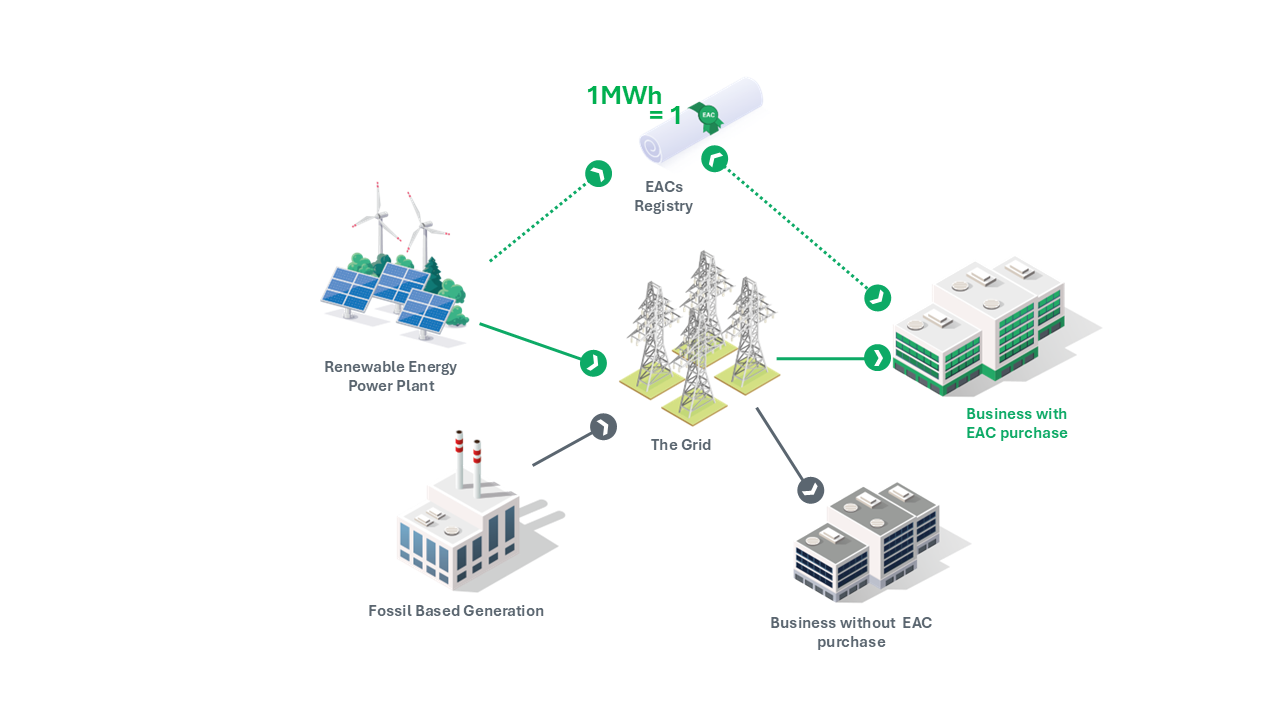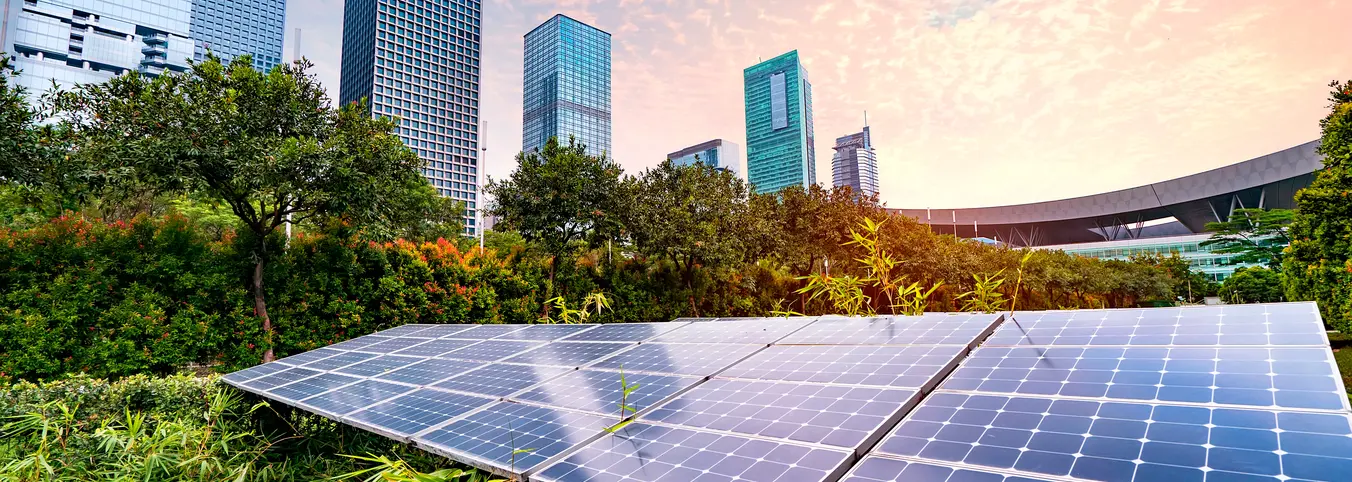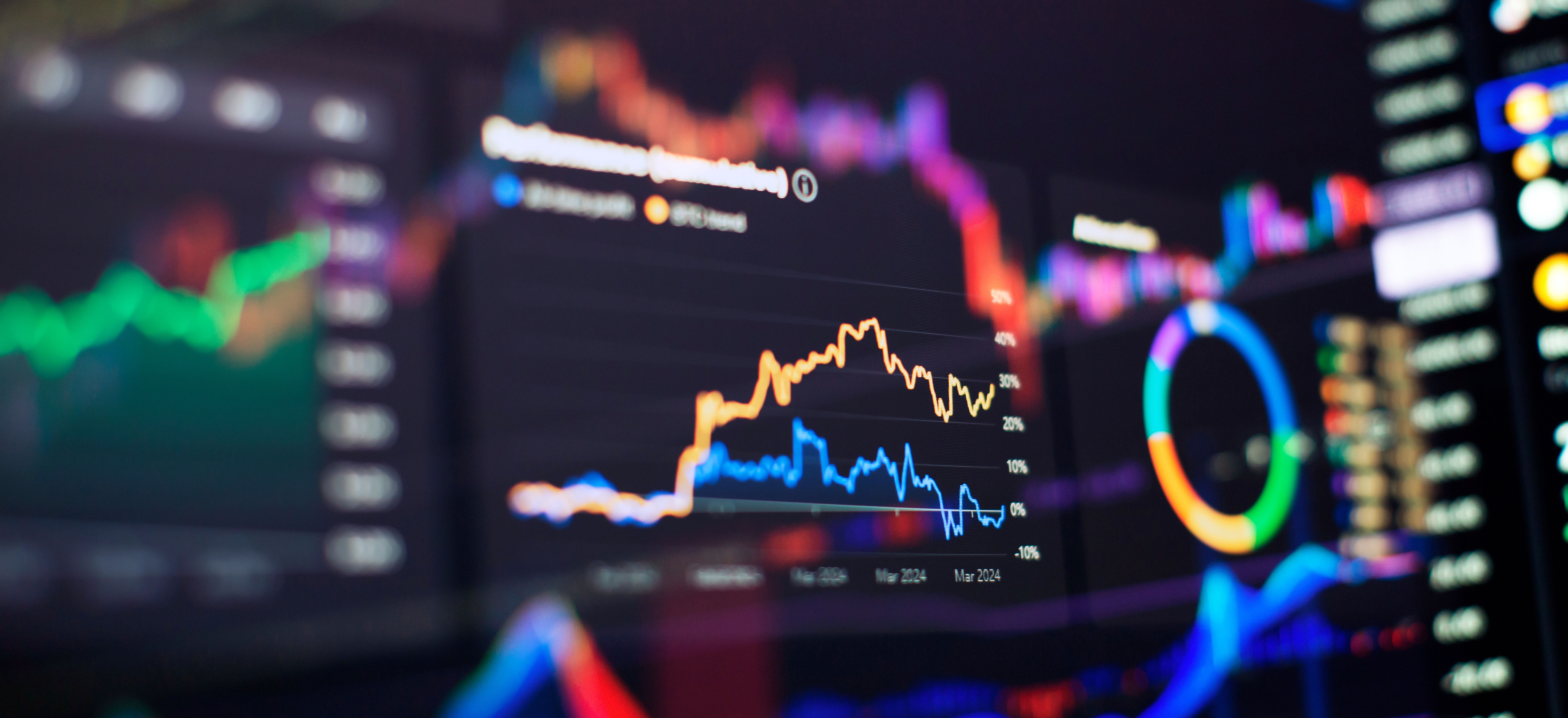In a world where sustainability is no longer optional but essential, businesses increasingly turn to renewable energy as a cornerstone of their decarbonization strategies. But how do you prove your electricity is truly green, especially when it’s all mixed together on the grid?
That’s where Energy Attribute Certificates (EACs) come in.
Whether you’re a sustainability manager just starting to explore renewable energy options or a seasoned procurement professional looking to refine your strategy, this guide will walk you through everything you need to know about EACs—what they are, how they work, why they matter, and how to buy them smartly.
What Are Energy Attribute Certificates (EACs)?
Let’s start with the basics. Energy Attribute Certificates, or EACs, are digital records that represent the environmental attributes of one megawatt-hour (MWh) of electricity generated from a renewable source. Think of them as the “proof of origin” for green electricity.
(EACs) can be issued for electricity generated from a wide range of renewable sources. The most common include wind and solar power, which are widely used due to their scalability and declining costs. Hydropower is another major contributor, particularly in regions with abundant water resources. Biomass and biogas—derived from organic materials—also qualify, provided they meet sustainability criteria. In some markets, geothermal and marine energy sources are eligible as well.
When a renewable energy plant generates electricity, it feeds that power into the grid. But once it’s in the grid, it mixes with electricity from all sources—renewable and fossil-based alike. You can’t tell one electron from another. EACs solve this problem by separating the “green” value of the electricity from the physical power. That green value is captured in the certificate.
So, when you buy an EAC, you’re not buying electricity—you’re buying the right to claim that a specific amount of renewable energy was generated on your behalf.
Different names, same purpose
Depending on where you are in the world, EACs go by different names:
- In North America, they’re called Renewable Energy Certificates (RECs).
- In Europe, they’re known as Guarantees of Origin (GOs).
- In the UK, they’re called REGOs (Renewable Energy Guarantees of Origin).
- In many parts of Asia, Latin America, and Africa, they’re issued as I-RECs (International Renewable Energy Certificates).
- Other regional variants include LGCs in Australia, GECs in China, and J-Credits or NFCs in Japan.
Despite the different acronyms, they all serve the same function: to verify and track renewable energy generation and consumption.
Why Energy Attribute Certificates (EACs) matter
EACs are more than just a compliance checkbox—they’re a strategic tool for businesses looking to lead on climate action. Here’s why they’re so important:
They enable credible emissions reduction.
According to the Greenhouse Gas Protocol, EACs are the most precise way to account for Scope 2 emissions (those associated with purchased electricity). They provide verifiable proof that the electricity you’re claiming as renewable actually came from a renewable source.
They’re recognized by major reporting frameworks
EACs are recognized by major sustainability frameworks like RE100, SBTi, and CDP, making them essential for credible emissions reporting. These frameworks rely on EACs to verify renewable electricity use and progress toward climate targets. Without them, companies risk falling short of compliance and transparency expectations.
They support renewable energy investment.
By purchasing EACs, you’re creating demand for renewable energy. This demand helps fund new projects and accelerate the global energy transition.
They offer flexibility.
EACs can be purchased independently of your electricity supply (unbundled), allowing you to support renewable energy even if you’re in a region with limited green power options.
How EACs work
The lifecycle of an EAC is relatively straightforward:
- A renewable energy facility generates electricity.
- For every 1 MWh produced, one EAC is issued by a certified registry.
- The EAC can be sold—either bundled with the electricity or separately.
- When a company purchases and retires (or “cancels”) the EAC, it claims the environmental benefit.
Once an EAC is retired, it can’t be used again. This ensures that each unit of renewable energy is only claimed once, maintaining the system's integrity.

Bundled vs. unbundled EACs
One of the first decisions you’ll face is whether to buy bundled or unbundled EACs.
- Bundled EACs are sold together with the electricity. This is common in green tariffs or power purchase agreements (PPAs).
- Unbundled EACs are sold separately from electricity. This gives you more flexibility, especially if you operate in multiple regions or have limited access to renewable energy infrastructure.
Both options are valid. Bundled EACs offer a direct link between generation and consumption, while unbundled EACs are easier to scale and manage.
What drives EAC prices?
EAC prices vary dramatically—from under $1/MWh to over $100/MWh. Here’s what influences the cost:
- Geography: Prices are typically lower in regions with abundant renewable energy (like the Nordics) and higher in places with limited supply (like Singapore or Taiwan).
- Technology: Solar and wind EACs often carry a premium over hydro or biomass, especially when buyers want to align with specific sustainability narratives.
- Vintage: This refers to the year the electricity was generated. Newer vintages are often preferred, especially under RE100 rules.
- Volume: Larger purchases usually come with better pricing. Small-volume buyers may pay a premium.
- Labels and Additionality: EACs with third-party certifications (like Green-e in the US) or those linked to new projects may cost more but offer reputational benefits.
- Market Trends: EAC prices are subject to supply and demand dynamics like any commodity.
A quick look at global differences in EAC markets
While the concept of EACs is universal, the markets are anything but. Here’s a short summary of the differences, with links to blogs that explain the mechanics of each region in more detail.
- In Europe, the GO market is highly standardized and liquid, governed by the Association of Issuing Bodies (AIB). Read more on the GO market here.
- In North America, the REC market is fragmented, with compliance and voluntary schemes varying by state. Read more on the REC market here.
- In APAC, the I-REC market is growing rapidly, with countries like Vietnam, Thailand, and Malaysia increasing issuance. Singapore, however, relies heavily on imports due to limited local generation. Read more on the I-REC market here.
For global companies, this means navigating a patchwork of systems, rules, and registries.
Common challenges in EAC procurement
While EACs offer a flexible and credible way to support renewable energy goals, the path to effective procurement isn’t always straightforward. As markets evolve and sustainability standards tighten, buyers often encounter a range of practical and strategic hurdles. Some of the most common include:
- Navigating different registries and standards can be complex.
- Prices can be volatile, making budgeting difficult.
- Supply constraints in some regions can limit your options.
- Regulatory changes (like RE100’s 15-year asset age rule) can affect eligibility.
- Managing the administrative side—tracking vintages, ensuring timely redemption—requires time and expertise.
To stay on top of these challenges, monitoring updates from RE100, SBTi, and the Greenhouse Gas Protocol can be helpful. In addition, working with experienced EAC traders and consultants will help you secure the best pricing, ensure compliance, and align with best practices.
Best practices for buyers
Successfully navigating the EAC market requires more than just knowing what to buy—it’s about building a strategy that aligns with your goals, budget, and reporting obligations. Whether you're just starting or refining a global procurement approach, these best practices can help you get the most value from your EAC purchases:
- Start early. Planning ahead gives you more options and better prices.
- Know your reporting requirements. Align your purchases with RE100, SBTi, or other frameworks.
- Diversify. Consider a mix of technologies, geographies, and contract lengths.
- Communicate your impact. Use EACs as a storytelling tool in your sustainability reporting.
- Work with experts. A strategic collaboration can help you navigate the complexity and avoid common pitfalls.
To discover more tips for procuring EACs, download a copy of our guide, ‘6 best practices for EAC procurement’
EACs in the bigger picture
EACs are just one piece of the renewable energy puzzle. Depending on your operational footprint, budget, and sustainability ambitions, you may want to explore other solutions—or combine several—to build a more comprehensive energy strategy.
Here’s how EACs compare to other common renewable energy procurement options:

Each of these tools has its strengths and trade-offs. EACs offer unmatched flexibility and ease of access, while PPAs and on-site solar can deliver deeper impact and long-term cost benefits. Green tariffs provide a simple entry point for smaller operations or those with limited procurement capacity.
Many companies find that a blended approach—using EACs to cover immediate needs while investing in longer-term solutions—offers the best balance of impact, credibility, and practicality. The key is to align your energy strategy with your broader sustainability goals and to adapt as your organization grows and the market evolves.
Making Energy Attribute Certificates (EACs) work for your business
Energy Attribute Certificates are a powerful, flexible, and credible way to support renewable energy and reduce Scope 2 emissions. Whether you’re just starting your sustainability journey or refining a global strategy, understanding how EACs work—and how to buy them smartly—can make a big difference.
At World Kinect, we’ve been active in global EAC markets for over a decade, sourcing from more than 60 countries and trading more than 20 terawatt-hours of certificates annually. Whether you’re navigating voluntary frameworks like RE100 and SBTi, managing multi-country procurement, or just getting started with renewable energy sourcing, we’re here to guide you.
Get in touch with an expert
If you’re looking for a trusted expert to help you source high-quality EACs, ensure compliance, and build a strategy that evolves with your sustainability goals, our experts are ready to support you every step of the way. Get in touch to explore how we can help you turn your renewable energy ambitions into measurable impact.




